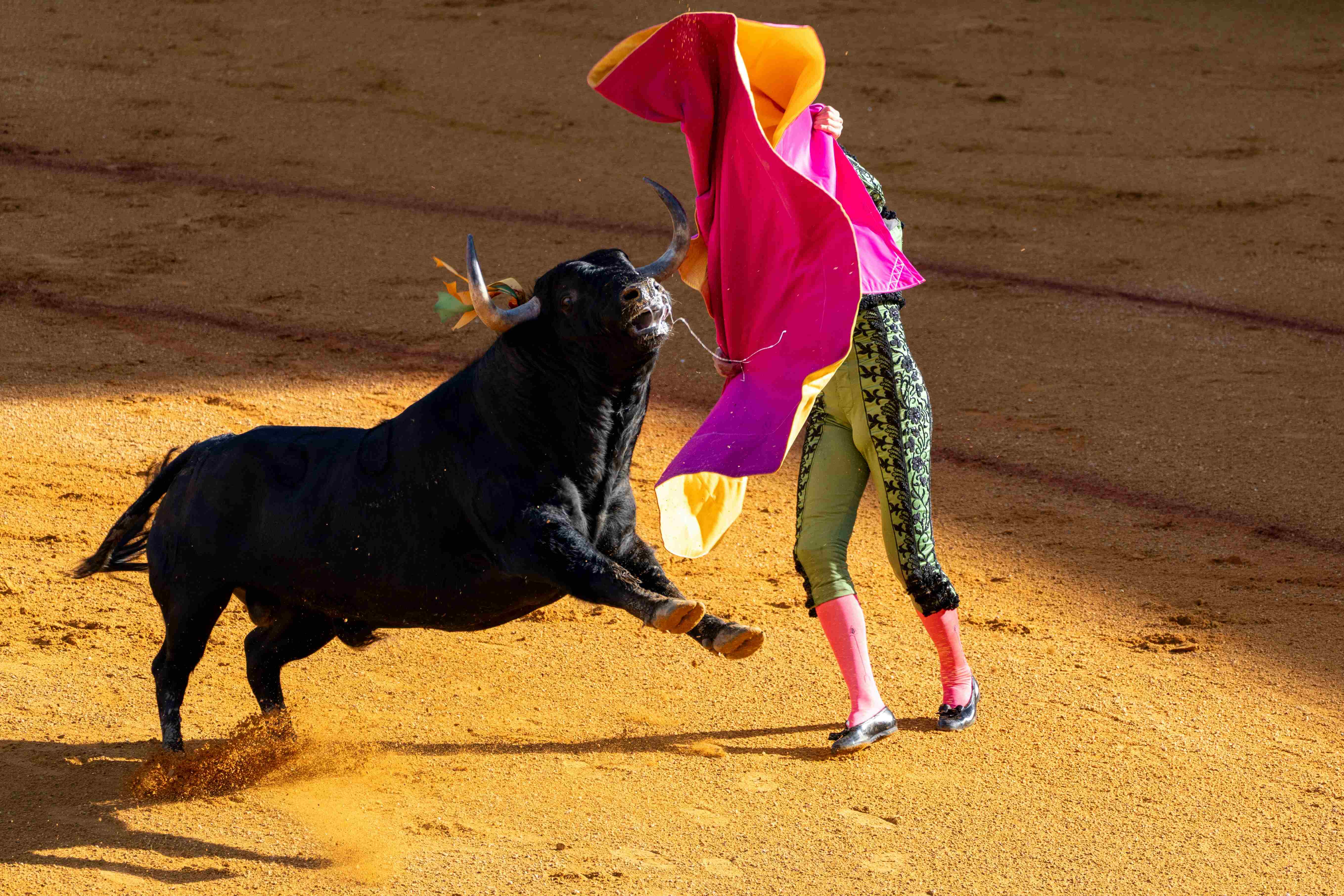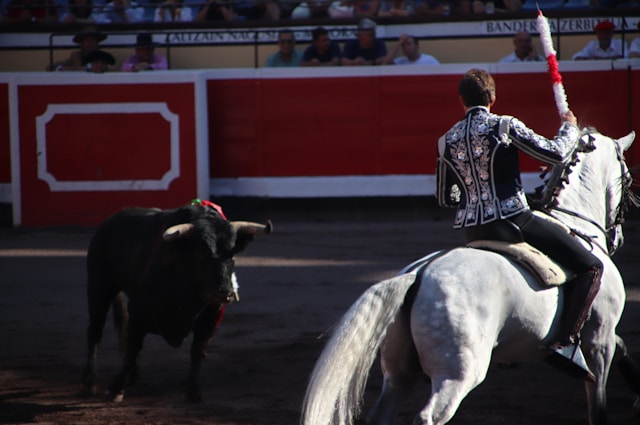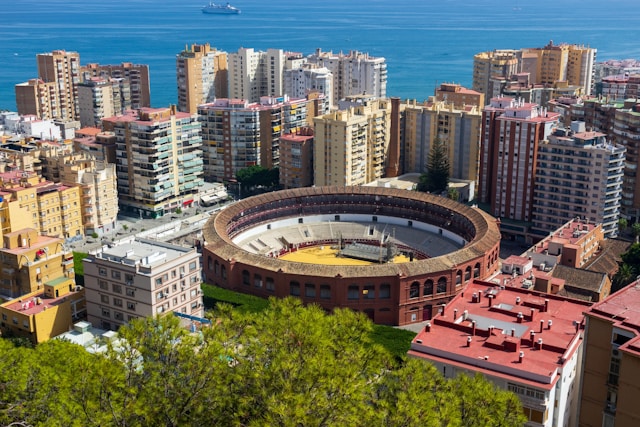Corrida, Culture and Cruelty: Spain's Bullfighting Debate

Bullfighting, or la corrida de toros, has been a deeply embedded cultural tradition for centuries in Spain, captivating audiences with its drama, ritualized artistry, and thrilling confrontation between man and animal.
However, in modern Spanish society this famous spectacle finds itself the subject of fierce debate. As animal rights activists campaign for a total ban on bullfighting, supporters argue that its preservation is integral to reinforcing Spanish heritage and promoting country’s connection to its history.
With both sides set in their views, the question can be asked: Does the tradition of Spanish bullfighting have a place in modern society?
Historical Roots of Bullfighting
While bullfighting can be dated as far back as 1500 BC from frescoes found on the island of Crete, the corrida first appeared in the Iberian Peninsula of Spain in 711. Practiced by Moorish chieftains and Christian Iberian knights, bullfighting festivals and events were commonplace throughout Spain by the 11th century, including the famous Fiesta de San Fermín in the streets of Pamplona. Bullfighting in the Middle Ages was a much simpler affair, however, as the animals were simply released into town squares with aristocrats positioned on horses (acting as the matador) set to kill the animal with a long lance.
It was not until the 1720s that bullfighting emerged as the ritualized sports ceremony that it is today. Under the influence of notable matadors like Francisco Romero, who introduced both the use of the sword and the muleta or red cape, bullfighting evolved into a regulated sport and game rules were established that are still used today.
Throughout the eighteenth century, going to the Plaza de Toros, or bullring, gained widespread popularity in many Spanish communities and became an important symbol of cultural identity. The spectacle, which is known for its high levels of pageantry and skill, was celebrated by audiences for its display of an intricate dance between life and death as well as for confirming the courage of men over beasts.

Culture or Cruelty?
In more recent years, the time-honored tradition has come under increased scrutiny and public opposition. Critics, which include many animal rights groups and up to 80% of the Spanish public, contend that bullfighting is an outdated, barbaric practice that should be outlawed rather than protected. As the bulls are intentionally starved and weakened before the match, the battle is not a fair duel whatsoever. After being released into the ring, the bulls are then subjected to repeated stabbings, suffering a slow, excruciating death before the matador strikes the final blow.
Many cities and regions in Spain have already taken action to ban bullfighting in the name of ending animal cruelty. In 2010, the Catalonia region became the second autonomous area in Spain to ban bullfighting entirely, following the Canary Islands' abolishment of the activity in 1991. The last bullfight in Barcelona, one of Spain’s most famous and visited places, was held on September 25, 2011, and other cities in the country have similarly banned bullfighting and turned their arenas into public spaces like shopping malls.

The Argument for Cultural Preservation
Still, for many Spanish people, particularly those in the southern Andalusia region, the corrida de toros is more than just a type of entertainment; it is considered a living art form that symbolizes the spirit and history of the nation. For supporters, bullfighting represents a unique blend of artistry, ritual, and tradition that has been passed down by families throughout generations and cannot be easily erased. The matador, with his spectacularly detailed clothes, precise movements, and show of mastery over the bull, has become a cultural icon in many regions of Spain.
Supporters argue that banning bullfights would not only encourage the loss of ancient tradition, it would also be an attack on a distinct form of artistic expression that makes Spanish culture unique. As a result, these proponents believe that the corrida de toros — like flamenco dancing — should be protected through UNESCO as a form of Intangible Cultural Heritage. As scholar Timothy Mitchell explains, “What is at stake in the history of modern bullfighting is nothing less than the modern history of Spain itself.”
Additionally, bullfighting plays an important economic role in Spain. Bullfighting events generate significant revenue in areas where the sport can still be practiced, like Madrid and Andalusia. In more rural areas, the bullfighting industry creates jobs for animal breeders, trainers, and local craftsmen. The Spanish bull breeding industry is estimated to be worth over 300 million euros annually, meaning that a bullfighting ban would impact these regions significantly.
The debate around bullfighting ultimately pits two extremely important sets of values — cultural preservation and animal rights — that must be taken into consideration. In the meantime, as the push for the prohibition of bullfighting continues, Spain finds itself facing a difficult dilemma: uphold this cultural tradition or leave it behind as part of the past.





